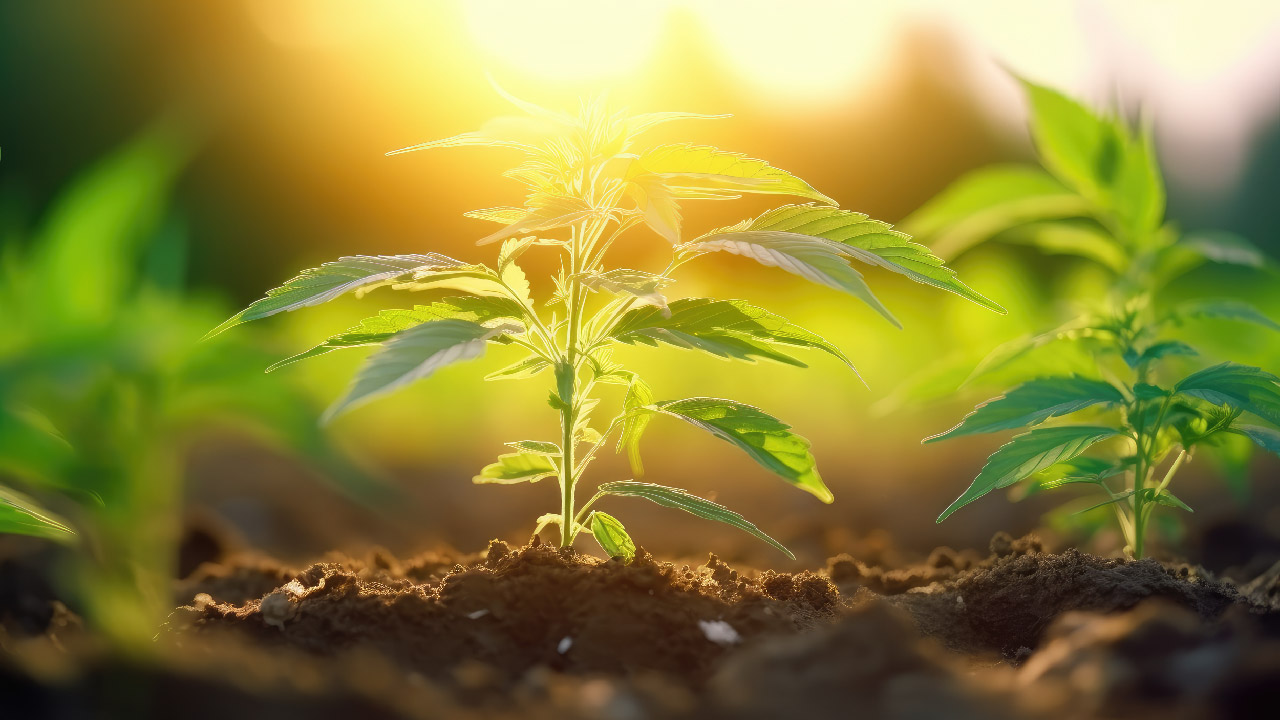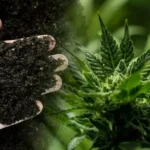Heavy metal contamination poses a significant challenge for cannabis cultivators, potentially affecting product safety, compliance and consumer health. Metals such as cadmium, lead, arsenic and mercury can enter plants through soil, water and fertilizers, necessitating proactive strategies to mitigate risks.
Why Heavy Metals Matter
Heavy metals bioaccumulate in plant tissues, impacting growth and potentially leading to non-compliance with stringent industry regulations. For cannabis, these metals can originate from fertilizers, water sources, and the cultivation environment. Understanding their impact and sources is key to maintaining safe, high-quality crops.
10 Strategies to Avoid Heavy Metal Contamination
- Test Soil Regularly
Establish a baseline for metal content and monitor variations. Different areas of a field or batches of potting soil can vary significantly. - Choose Low-Metal Inputs
Vet fertilizers and soil amendments for heavy metal content. Select products tested by independent labs for quality assurance. - Optimize Plant Nutrition
Keep plants well-fed with essential nutrients like phosphorus to reduce the uptake of harmful metals. - Use Clean Water Sources
Test well water and irrigation systems for contaminants, ensuring they are not introducing lead, arsenic, or other metals. - Monitor Foliar Sprays
Products like seaweed or guano-based sprays may contain high metal levels. Use verified sprays to avoid surface contamination. - Inspect New Plant Material
Clones or cuttings from contaminated mother plants can carry metals. Test and monitor incoming plant materials before cultivation. - Avoid Overapplication
Use nutrient testing to avoid unnecessary fertilizer use, which can lead to excess metals in the soil and plants. - Track Inputs and Outputs
Keep detailed records of soil, water, fertilizer, and plant tissue testing. This helps trace contamination sources and avoid repeat issues. - Choose Resistant Cultivars
Some strains are more prone to absorbing metals. Select cultivars less likely to bioaccumulate harmful elements. - Conduct Frequent Testing
Test flower and leaves regularly to ensure compliance with regulations and maintain product safety.
The Role of Education and Record-Keeping
Understanding the sources of heavy metals and how they impact plants is critical for effective mitigation. Detailed record-keeping ensures traceability and accountability, aiding in compliance with testing standards and improving overall operational efficiency.
Conclusion
With proactive measures, cannabis growers can mitigate heavy metal contamination risks, ensuring their products are safe, compliant, and of the highest quality. By combining soil health practices, strategic input selection, and rigorous testing, cultivators can protect their crops and uphold consumer trust.





